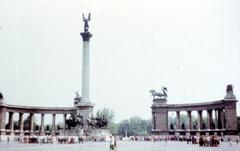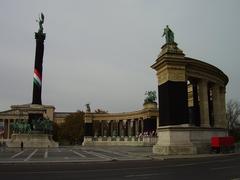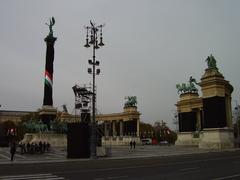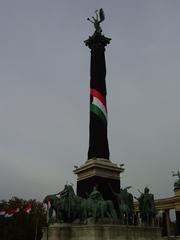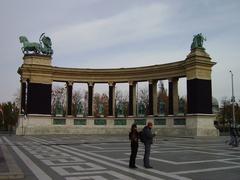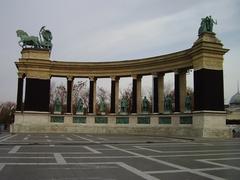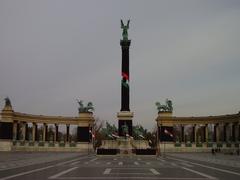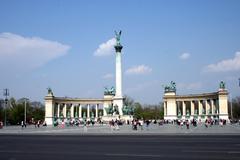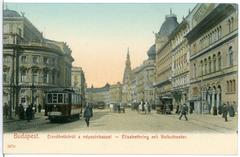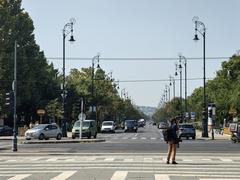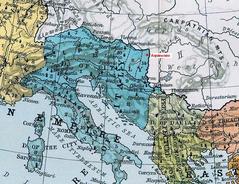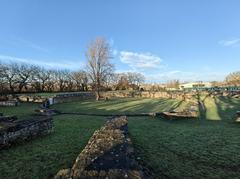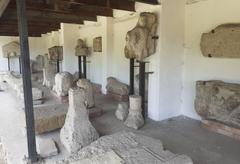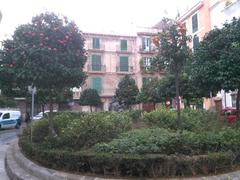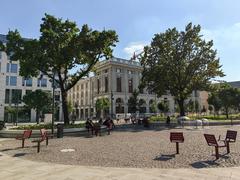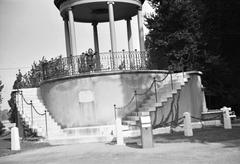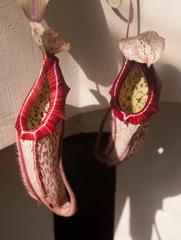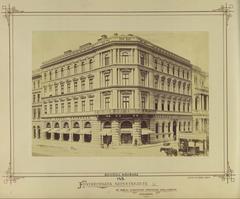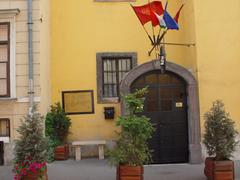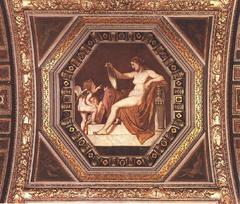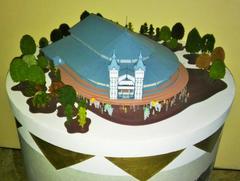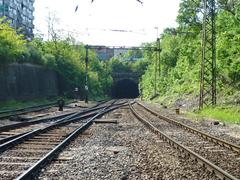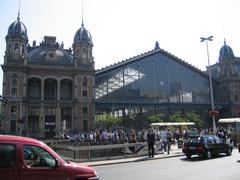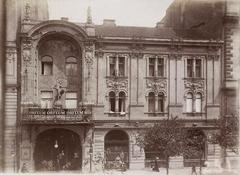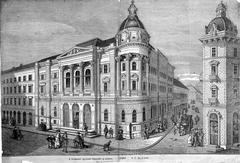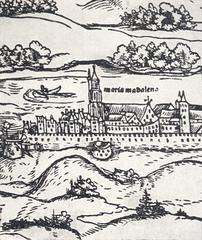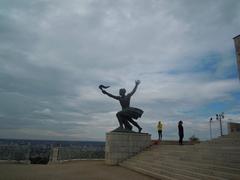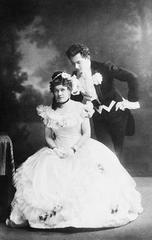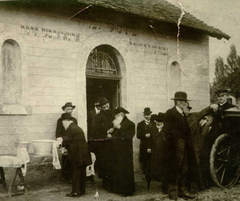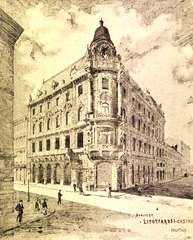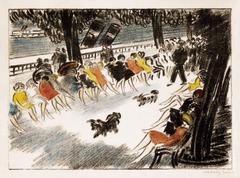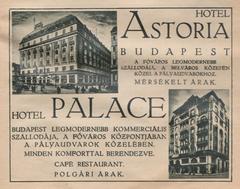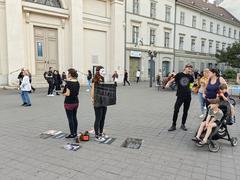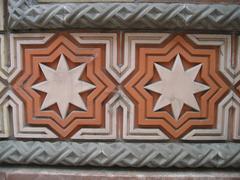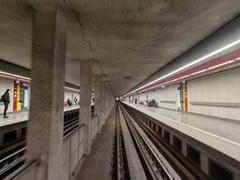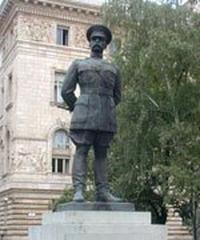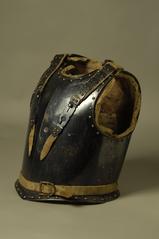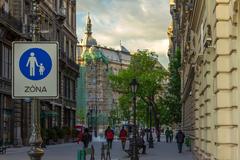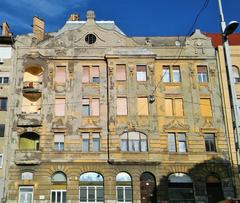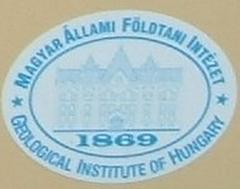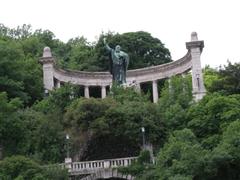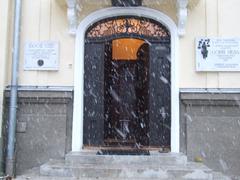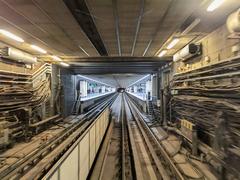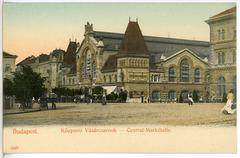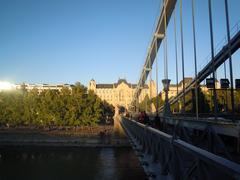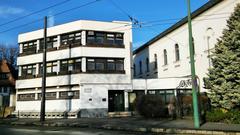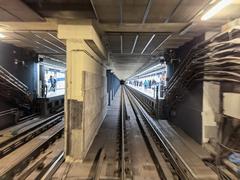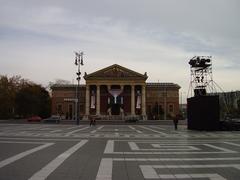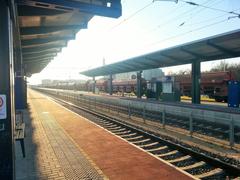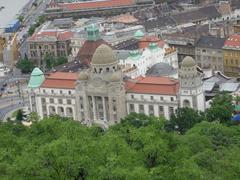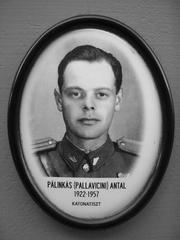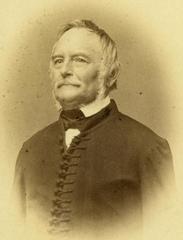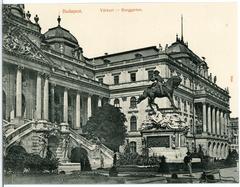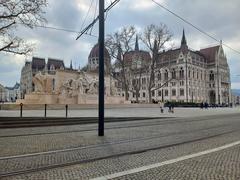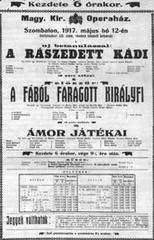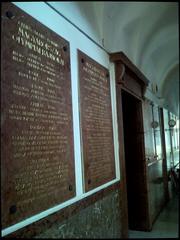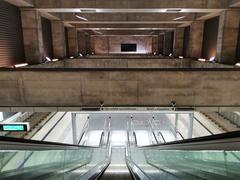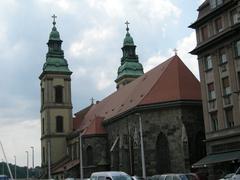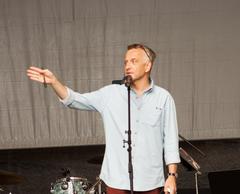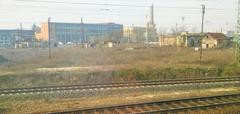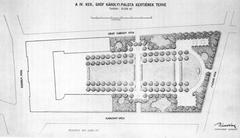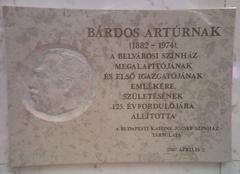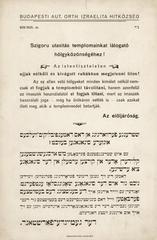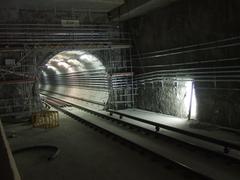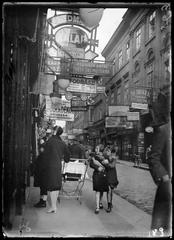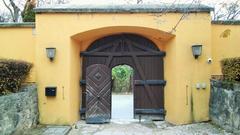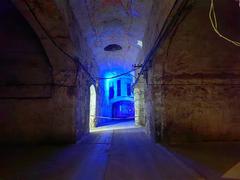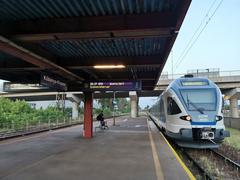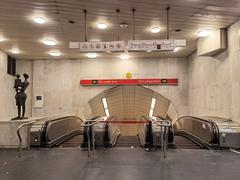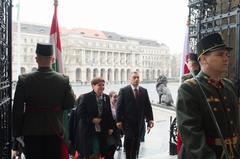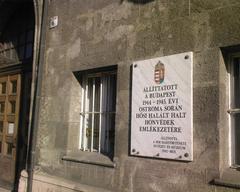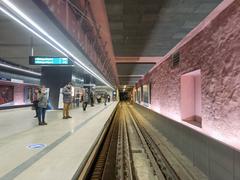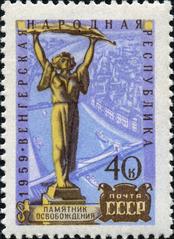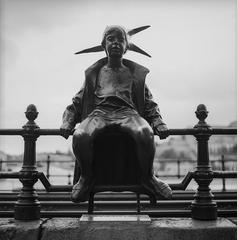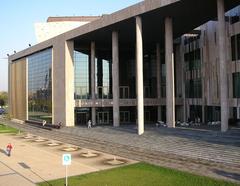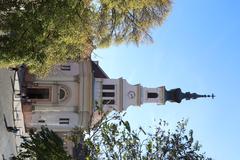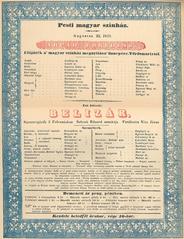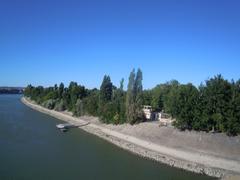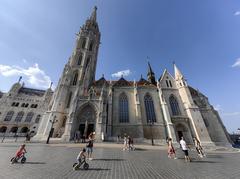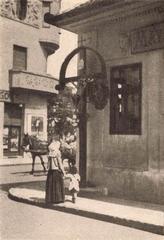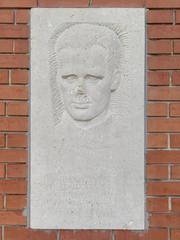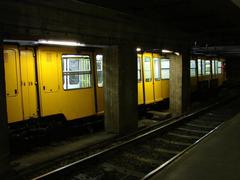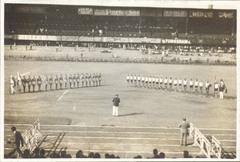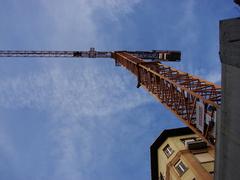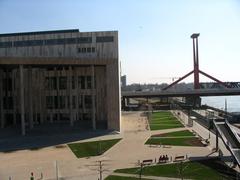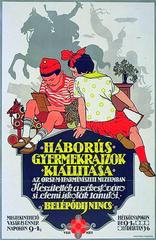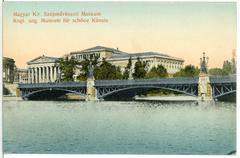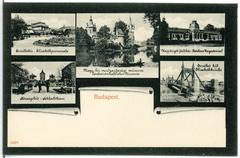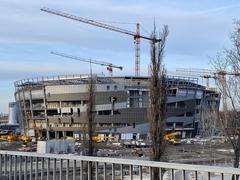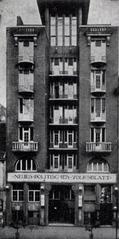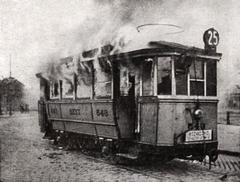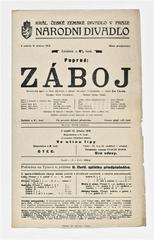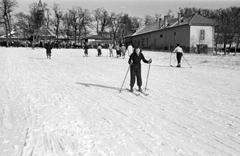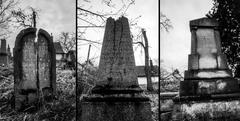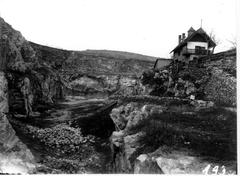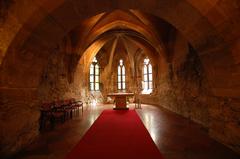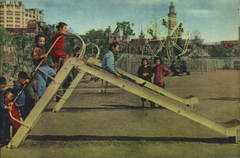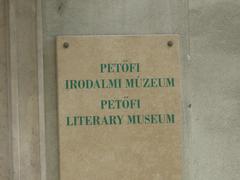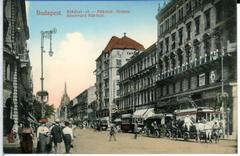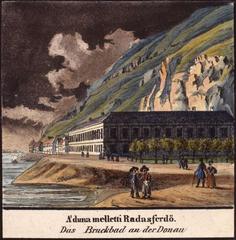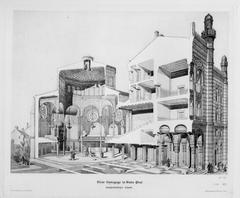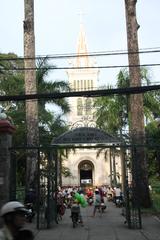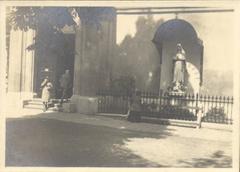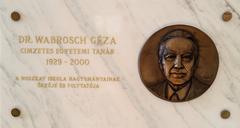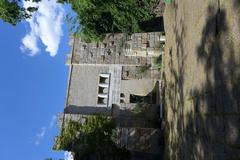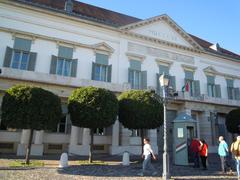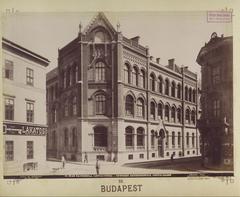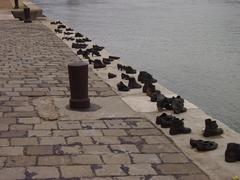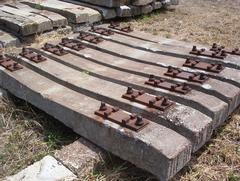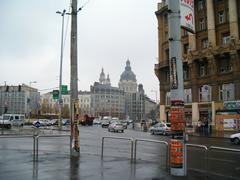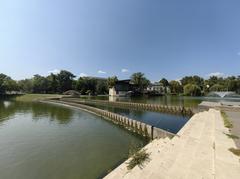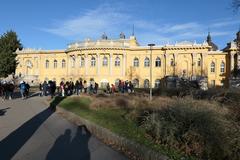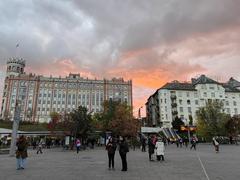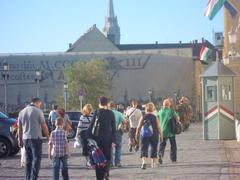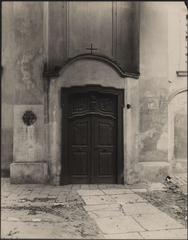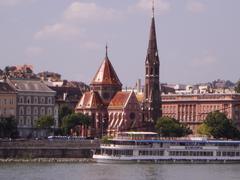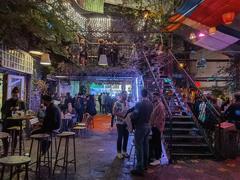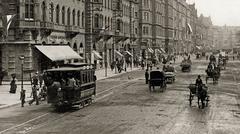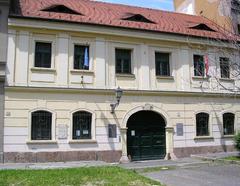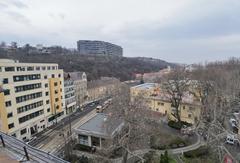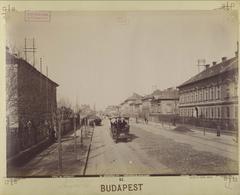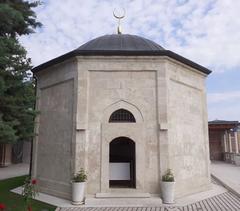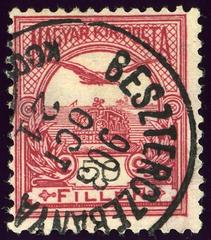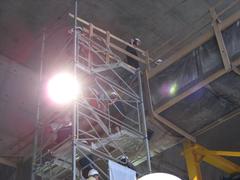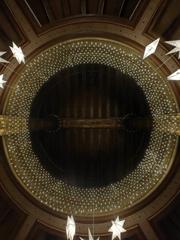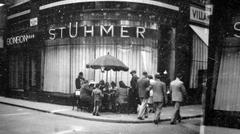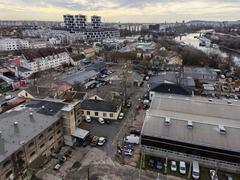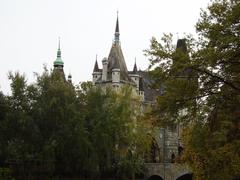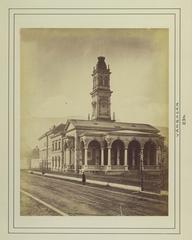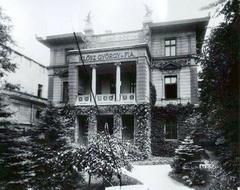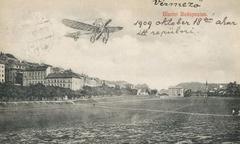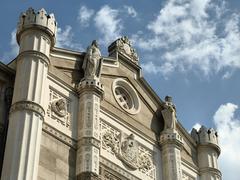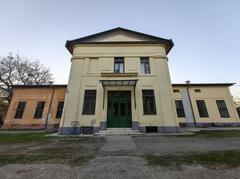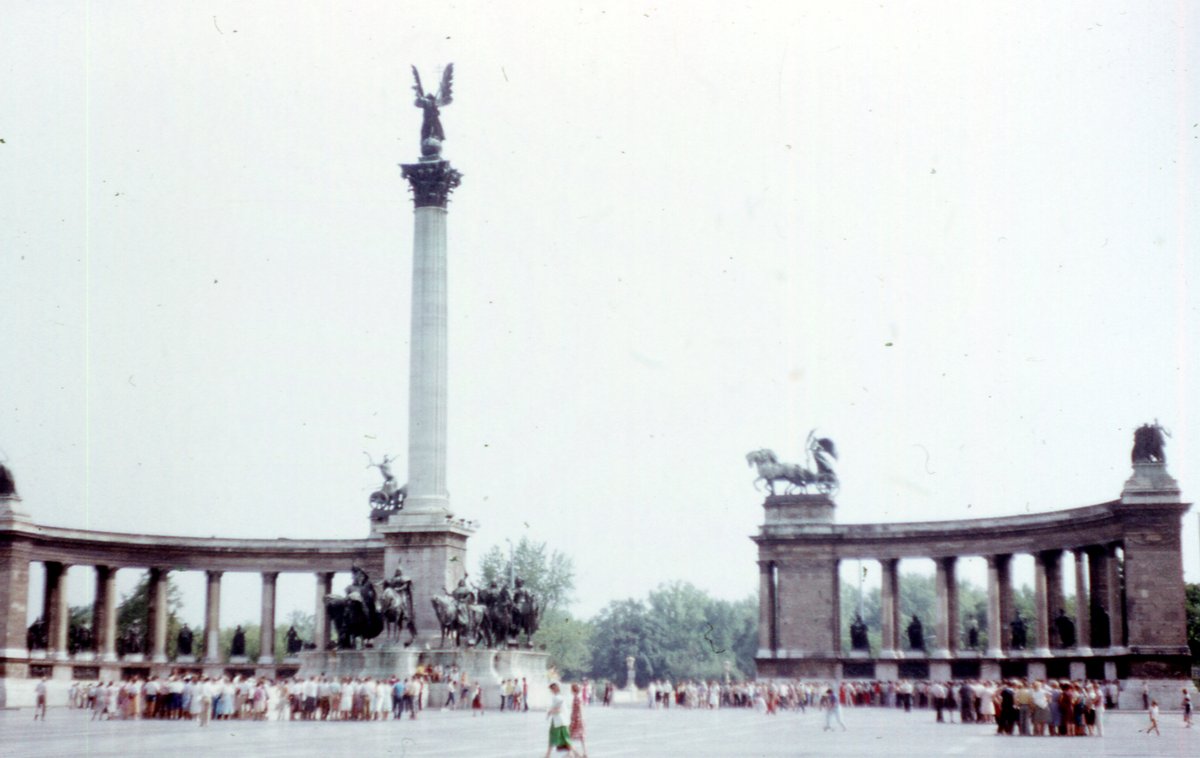
Comprehensive Guide to Millennium Monument (Millenniumi emlékmű) in Budapest, Hungary
Date: 19/07/2024
Introduction
The Millennium Monument (Millenniumi emlékmű) is an iconic symbol of Hungarian national identity and history, prominently situated in Heroes’ Square (Hősök tere) in Budapest. Conceived in 1894 and completed in 1929, the monument commemorates the 1,000th anniversary of the Magyar conquest of the Carpathian Basin, a pivotal event traditionally dated to 896 AD. Designed by Albert Schickedanz and Fülöp Herzog, the monument blends elements of Classicism, Romanticism, and Hungarian Secessionism, reflecting the nation’s diverse architectural styles. (source)
The Millennium Monument serves as a testament to Hungary’s resilience and pride, standing as a rallying point for national celebrations and historical commemorations. It features a towering column dedicated to the seven Magyar chieftains who led their people into the Carpathian Basin, flanked by colonnades adorned with statues of notable Hungarian figures. Over the years, it has undergone various reinterpretations, especially during the communist era, when some statues were replaced to align with socialist values. Following the fall of communism in 1989, efforts were made to restore the monument to its former glory by reinstating its original statues and significance. (source)
Today, the Millennium Monument attracts visitors from around the globe, offering a profound connection to Hungarian heritage. This guide provides comprehensive information on the monument’s history, architectural details, visiting hours, ticket prices, travel tips, and nearby attractions, ensuring a well-rounded experience for all who visit. Whether you’re a history enthusiast or a casual traveler, the Millennium Monument is a must-see landmark that encapsulates the enduring power of history and national identity.
Historical Background and Significance
The Genesis of an Idea - Celebrating a Millennium
The idea for the monument was conceived during a time of national celebration. Construction began in 1896, coinciding with the millennial celebrations, and was completed in 1929. Designed by Albert Schickedanz and Fülöp Herzog, the monument’s design reflects a blend of architectural styles, with elements of Classicism, Romanticism, and Hungarian Secessionism.
A Nation’s Story in Stone and Bronze - Construction and Design
The central element of the Millennium Monument is the towering column dedicated to the seven Magyar chieftains who led their people into the Carpathian Basin. Flanking this central column are two colonnades, each adorned with statues of prominent figures from Hungarian history, including kings, statesmen, military leaders, and artists.
A Symbol of National Pride and Resilience
The monument quickly became a potent symbol of Hungarian national pride and identity. Its prominent location in Heroes’ Square, a vast public space designed to showcase Hungary’s historical grandeur, further amplified its symbolic power. The monument served as a rallying point for national celebrations and commemorations, embodying the shared history and aspirations of the Hungarian people.
Navigating Turbulent Times - The Monument Through History
The 20th century saw Hungary embroiled in periods of significant political and social upheaval, and the Millennium Monument stood witness to these tumultuous events. During the communist era, the monument’s symbolism was reinterpreted to fit the prevailing ideology, with some statues removed and replaced with figures deemed more aligned with socialist values.
Restoration and Reinterpretation - Reclaiming the Narrative
Following the fall of communism in 1989, Hungary embarked on a process of national reckoning and reconciliation with its past. The Millennium Monument became a focal point for these efforts. The statues removed during the communist era were restored to their original places, and the monument underwent extensive renovations to restore its former glory.
A Legacy in Stone - The Monument Today
Today, the Millennium Monument stands as a powerful reminder of Hungary’s rich and complex history. It serves as a place of remembrance, reflection, and celebration, attracting visitors from all over the world who come to marvel at its architectural grandeur and learn about the stories etched in its stone and bronze. The monument’s enduring significance lies in its ability to connect the present with the past, reminding us of the enduring power of history and the importance of national identity.
Practical Visitor Information
Visiting Hours and Tickets
- Opening Hours: The Millennium Monument is accessible 24/7, but the best time to visit is during daylight hours to fully appreciate its architectural beauty.
- Tickets: There is no fee to visit the monument itself, but guided tours or entry to nearby museums may require tickets.
Travel Tips
- Getting There: The easiest way to reach Heroes’ Square is by taking the M1 (yellow) metro line to the Hősök tere station.
- Nearby Attractions: Consider visiting the Museum of Fine Arts, the City Park (Városliget), and the Széchenyi Thermal Bath.
- Accessibility: The square and monument are easily accessible for visitors with mobility issues.
Special Events and Guided Tours
The Millennium Monument often serves as a venue for national celebrations and special events. Guided tours are available and provide deeper insights into the monument’s history and significance. Check the official website or local tourism information for schedules and booking details.
Photographic Spots
For the best photos, visit early in the morning or late in the afternoon when the light is soft. The entire Heroes’ Square offers numerous vantage points to capture the monument’s grandeur.
Conclusion
Visiting the Millennium Monument in Budapest is more than just a sightseeing experience; it’s a journey through Hungary’s storied past. Whether you’re a history buff or a casual traveler, this monument offers a profound connection to Hungarian heritage. Don’t miss this iconic site on your next trip to Budapest. (source)
FAQ
Q: What are the Millennium Monument visiting hours? A: The monument is accessible 24/7, but daylight hours are recommended for the best experience.
Q: Is there an entrance fee for the Millennium Monument? A: Visiting the monument itself is free, but guided tours or nearby museums may have fees.
Q: How do I get to the Millennium Monument? A: Take the M1 (yellow) metro line to the Hősök tere station.
Q: Are there any guided tours available? A: Yes, guided tours are available and provide in-depth information about the monument.
Q: What nearby attractions should I visit? A: Nearby attractions include the Museum of Fine Arts, City Park, and Széchenyi Thermal Bath.
Stay Connected
For the latest updates, travel tips, and more detailed information, consider downloading our mobile app Audiala, checking out other related posts, or following us on social media. Embrace the opportunity to delve into the heart of Hungarian history and experience the Millennium Monument’s timeless grandeur firsthand. (source)
